As US President Donald Trump tours Asia, he is scheduled to meet the leaders of two of the biggest economies in the region. However, before he commenced his trip, he also expressed his desire to meet the draconian leader of a hermit nation: North Korea’s Kim Jong Un.
Trump’s trip to Asia this week demonstrates his appetite for dealmaking and personal diplomacy, but will also test his brand of geopolitics as he meets Chinese President Xi Jinping and Japan’s new Prime Minister, Sanae Takaichi. While the meeting with Takaichi is scheduled for Tuesday, Trump lands in Japan on Monday. He will be meeting his Chinese counterpart on Thursday.
What garnered the world’s attention, however, was Trump’s ambition to meet North Korean leader Kim Jong Un. While nothing is confirmed yet, and Kim is yet to reciprocate Trump’s proposition, the American leader’s trip to South Korea makes many wonder whether Trump and Kim will recreate their 2019 meeting, when the President briefly crossed the DMZ to hold talks with Kim.
During his trip to Malaysia, besides attending the Asean summit, Trump on Sunday presided over a peace ceremony between Cambodia and Thailand — adding to his list of credits for ending wars. He also signed trade deals with several Southeast Asian nations. However, his meetings with Takaichi and Xi are being watched closely by the world.
Here’s a look at what’s at stake in all the meetings.
Trump’s first meeting with Japan’s female PM
On Monday evening, Trump will land in Japan and will hold a meeting with Japan’s new premier, Takaichi, the very next day. Earlier this week, Japan welcomed its first female prime minister, who styles herself as a new Margaret Thatcher (the UK’s first female prime minister). She is being seen as a kindred spirit to Trump, sharing his anti-immigration and conservative nationalist views.
Before coming to power, Trump had already feted Takaichi, calling her “a highly respected person of great wisdom and strength” and her election “tremendous news for the incredible people of Japan”. In response, the Japanese premier said that she is “truly hoping to work together with President Trump to make our alliance even stronger and more prosperous, and to advance a free and open Indo-Pacific”.
Impact Shorts
More ShortsHowever, due to Trump’s uncertain dynamics with world leaders, it is unclear whether Takaichi can form a strong, sustained political bond with the mercurial Trump, especially given her fragile domestic position; the ruling Liberal Democratic Party lacks a legislative majority. It is also worth recalling Trump’s first term in office, when he initially called then UK Prime Minister Theresa May “my Maggie”, before falling out with her over a range of issues, including her preferred Brexit deal.
During the meeting, Takaichi is expected to signal to Trump her potential acceleration of Japan’s defence build-up beyond the 2 per cent of gross domestic product target set for 2027.
Trump is expected to press the new Japanese premier on her predecessor’s pledges of $550 billion in US investments under the recent tariff deal. These pledges would reportedly include increased Japanese purchases of US liquefied natural gas, Ford F-150 pickup trucks and American soybeans. In exchange, the agreement would set Japanese tariffs on goods sold to the US at 15 per cent, lower than the 25 per cent Trump had threatened.
Takaichi might also raise the issue of China’s growing aggression in the Indo-Pacific region, especially as the meeting between the two leaders is taking place just days before Trump’s discussions with Xi.
Trump–Xi meeting in South Korea: Trade talks on the cards
Days before Trump’s meeting with Xi, the United States and China agreed on a framework for a trade deal. US Treasury Secretary Scott Bessent said that the agreement was forged on the sidelines of the Association of South-East Asian Nations (ASEAN) summit in Malaysia on Sunday.
“I think we’re going to have a deal with China,” Trump said before heading to Japan. Meanwhile, China’s top trade negotiator, Li Chenggang, said both sides had reached a “preliminary consensus” and would next go through their respective internal approval processes.
“The US position has been tough,” Li said. “We have experienced very intense consultations and engaged in constructive exchanges in exploring solutions and arrangements to address these concerns,” he added.
The talks between the two sides come after months of heightened trade tensions between the two economic superpowers, triggered by Trump’s “liberation day” tariff announcement outside the White House in April. With just days to go before their current tariff truce was due to end, Xi showed he had no intention of submitting to Trump’s threats of 100 per cent tariffs.
Instead, he tightened the pressure on Washington by imposing controls on exports of rare earth minerals, including magnets — a critical component used in electronic windows and boot openings in cars. Trump has accused Beijing, which controls 60 per cent of global production and 90 per cent of rare earth refineries, of “becoming very hostile” and trying to hold the world “captive”.
Despite this, confirmation of a Trump–Xi meeting signalled intent to de-escalate tensions and put negotiations back on track. “This will be a high-risk, high-reward leaders’ meeting,” said Han Shen Lin, China Director of global consultancy firm The Asia Group, speaking to CNBC.
Trump’s pitch meeting with Kim Jong Un
While departing for his Asia tour, Trump publicly called for a meeting with North Korea’s Kim Jong Un. Speaking to reporters on Air Force One, the American leader reiterated his openness to meeting Kim, asking the media to “put out the word”.
Trump also spoke on the matter on Friday, when he appeared to suggest he would welcome extra help reaching out to the 41-year-old dictator. “They have a lot of nuclear weapons,” Trump said, “but not a lot of telephone service.”
Trump recalled that the last time he met Kim, he “put it out over the internet” that he was coming to South Korea and was open to a meeting. But when asked by a reporter about any plans to see Kim, Trump said the dictator had not been in contact.
Despite Trump’s proclamation, two senior US officials said the Trump administration had not sent Kim an invitation for a meeting. Trump’s remark to the press has been the only request; they


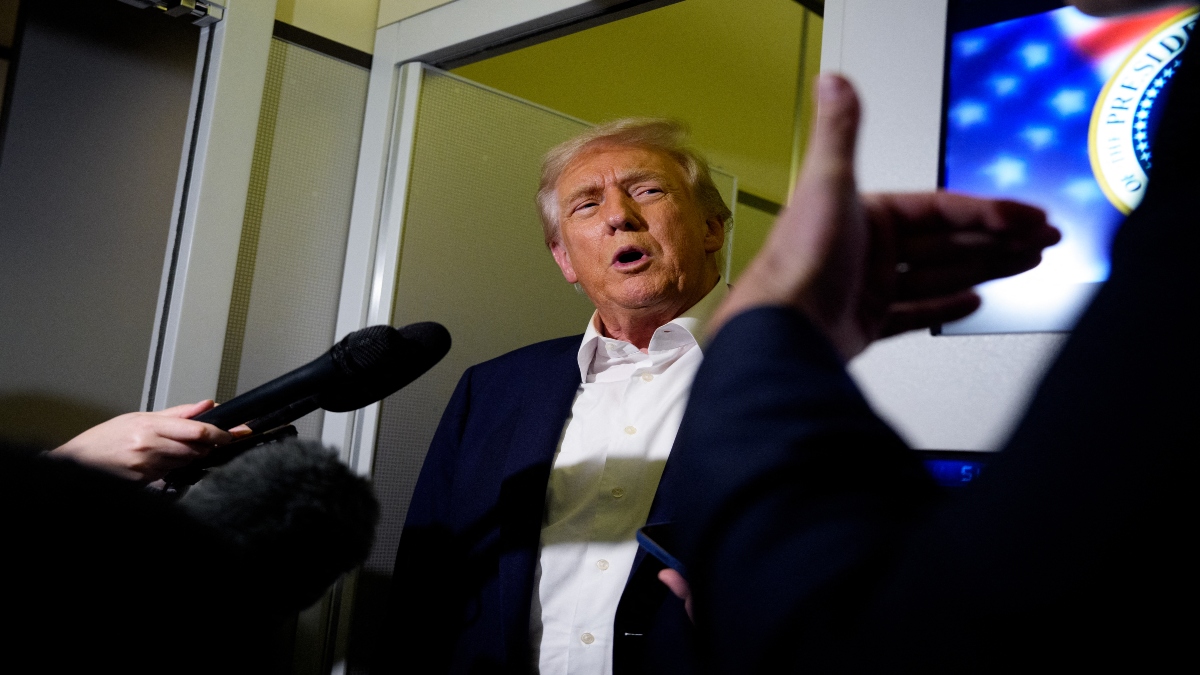)
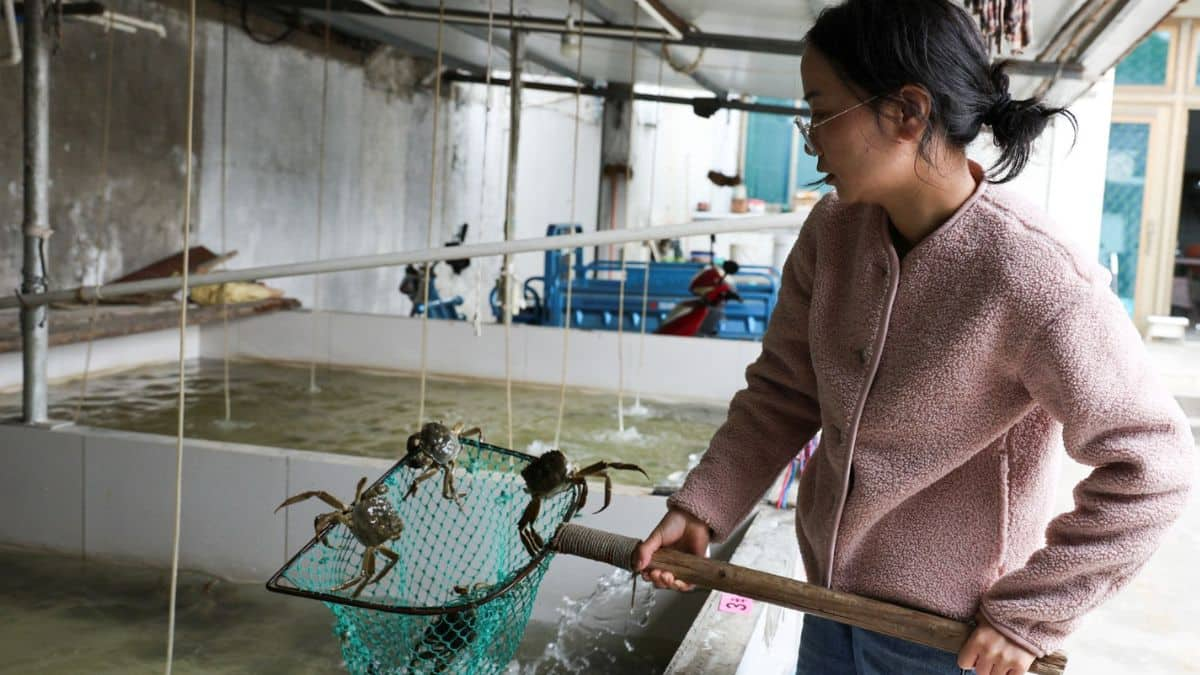
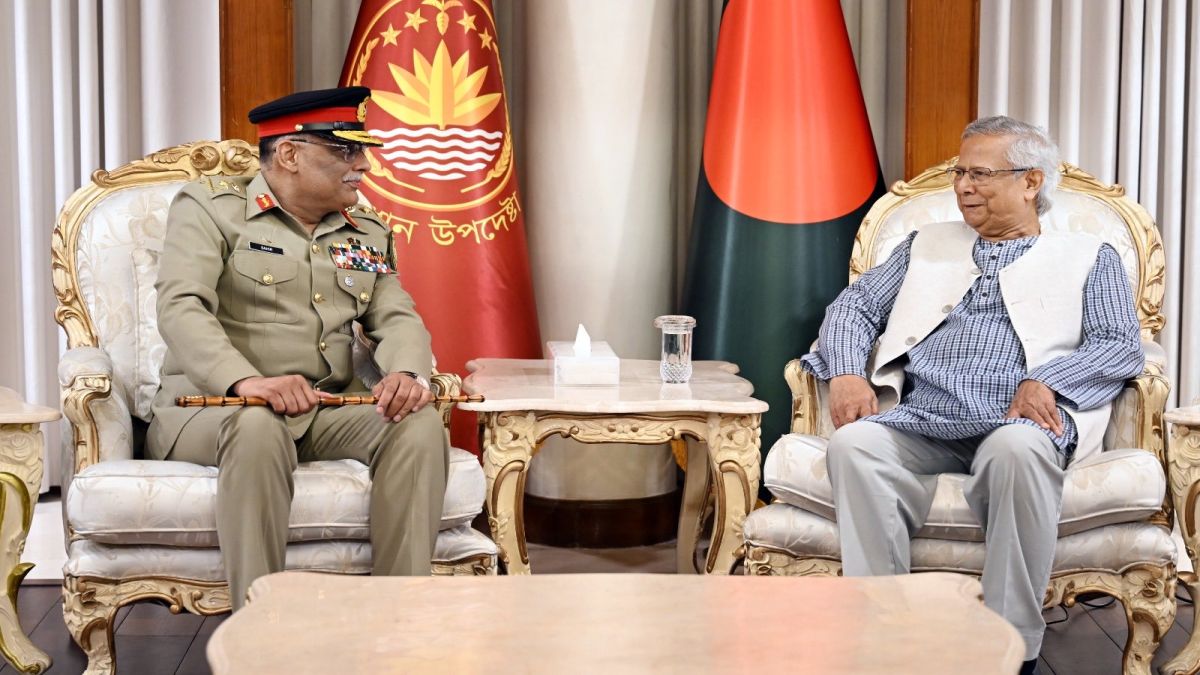)
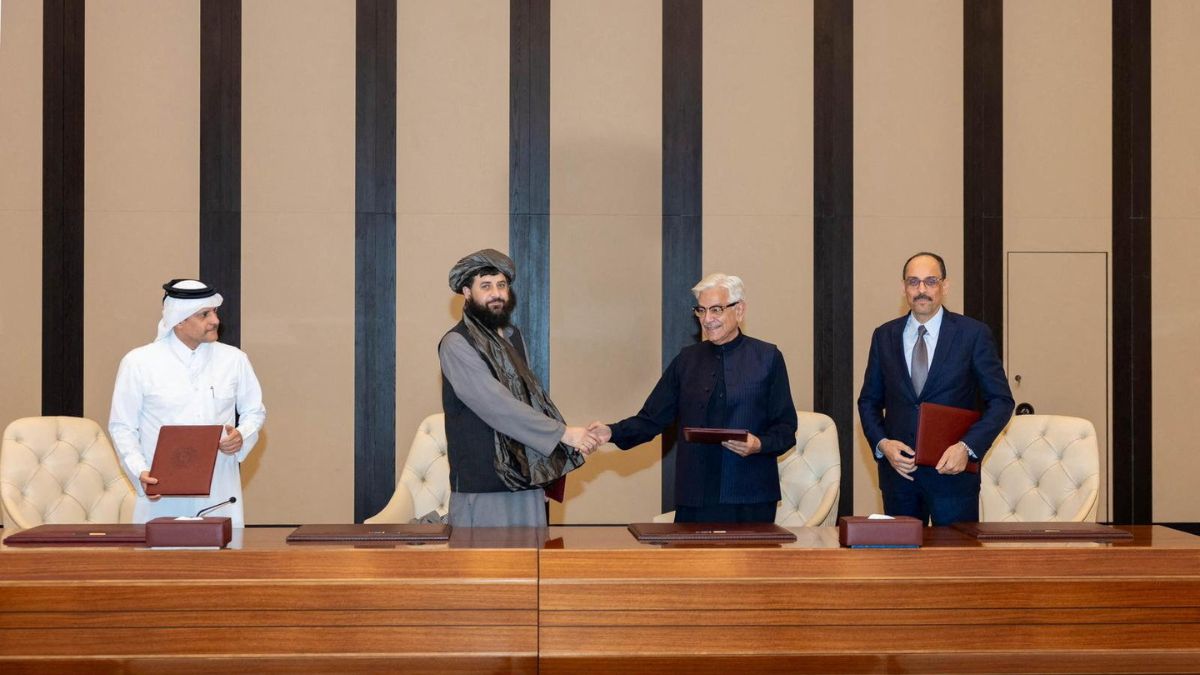)
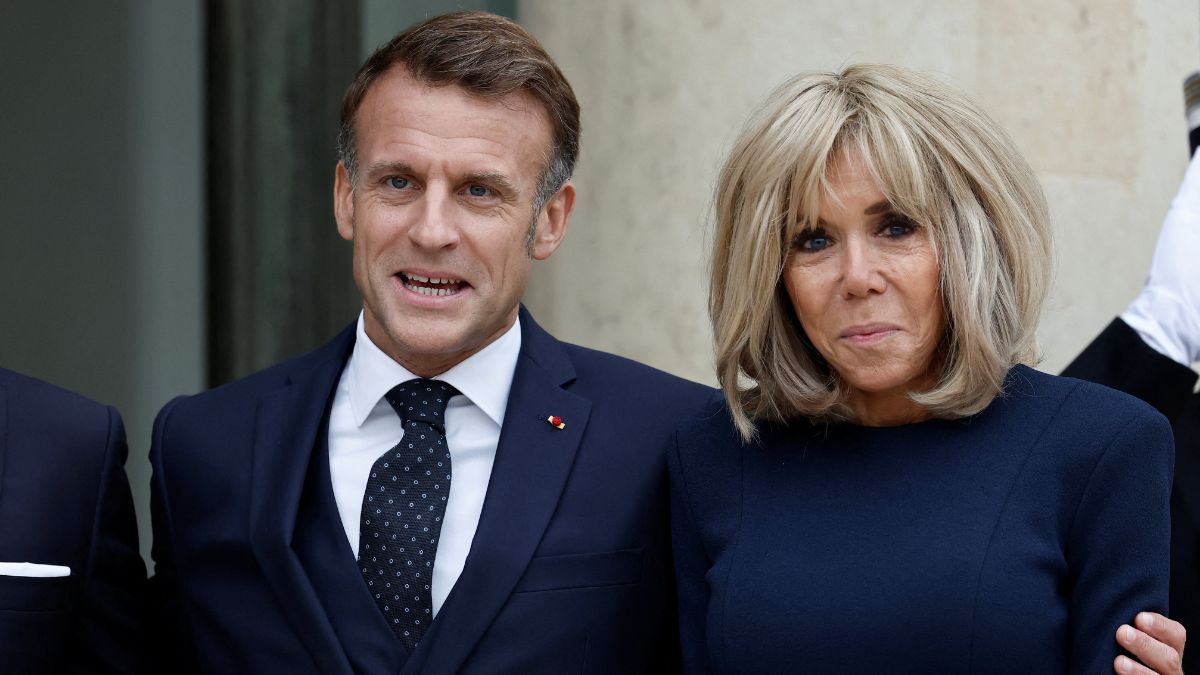)
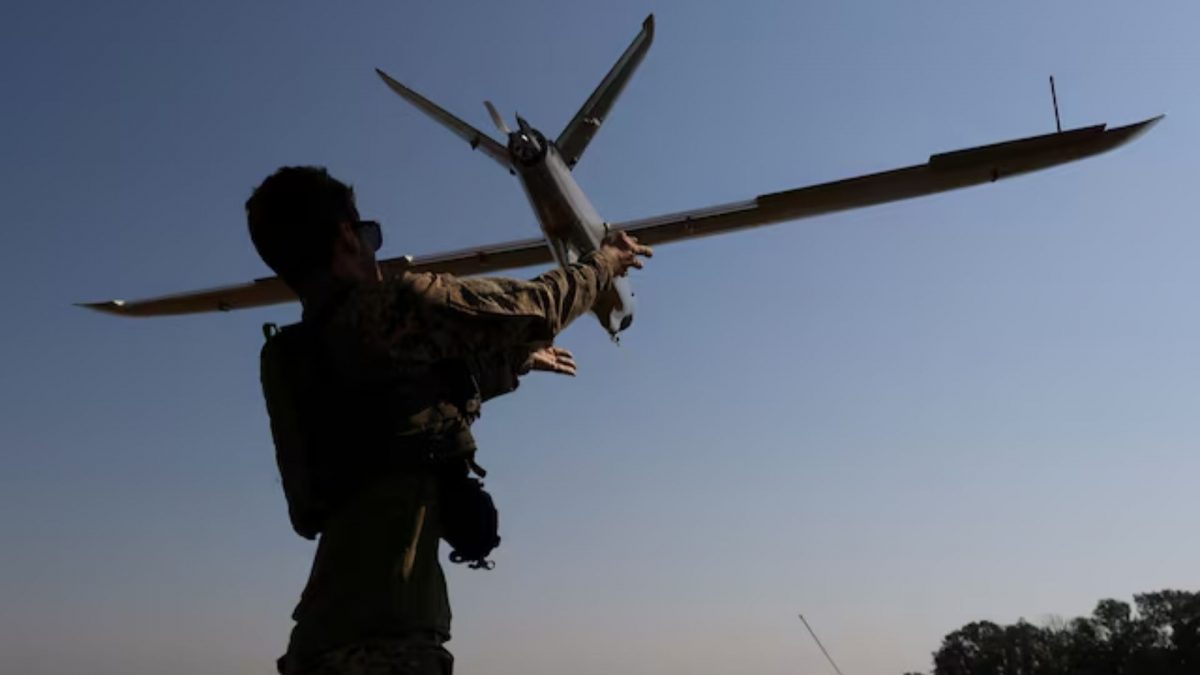)
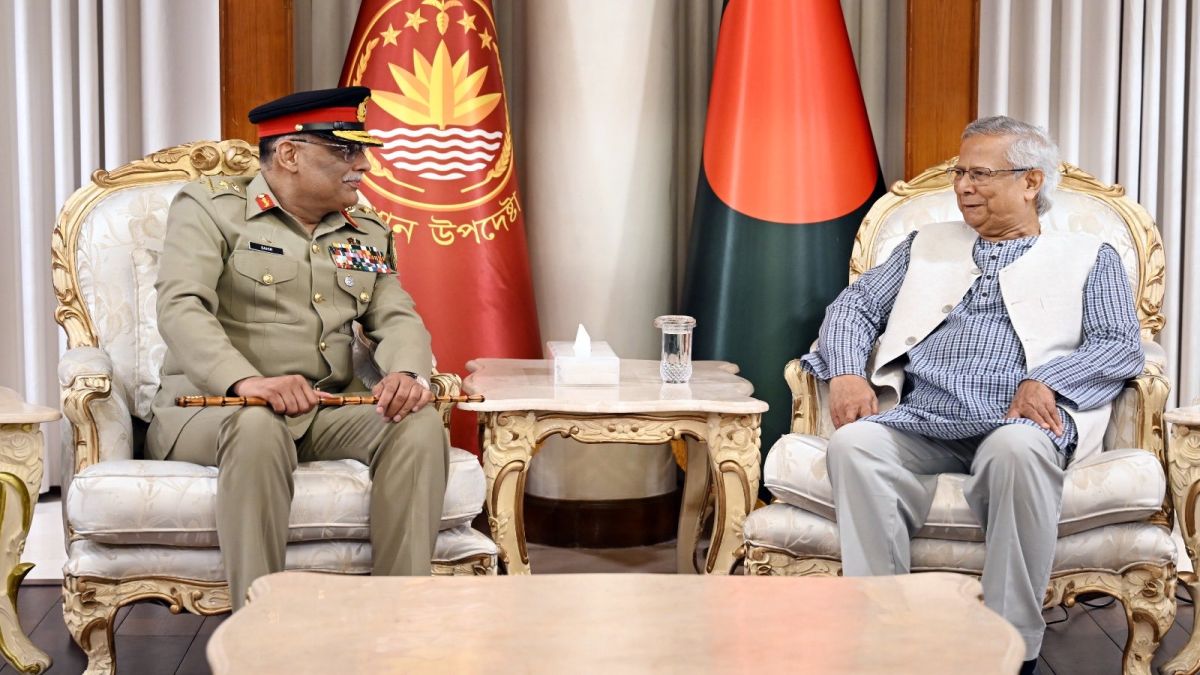)
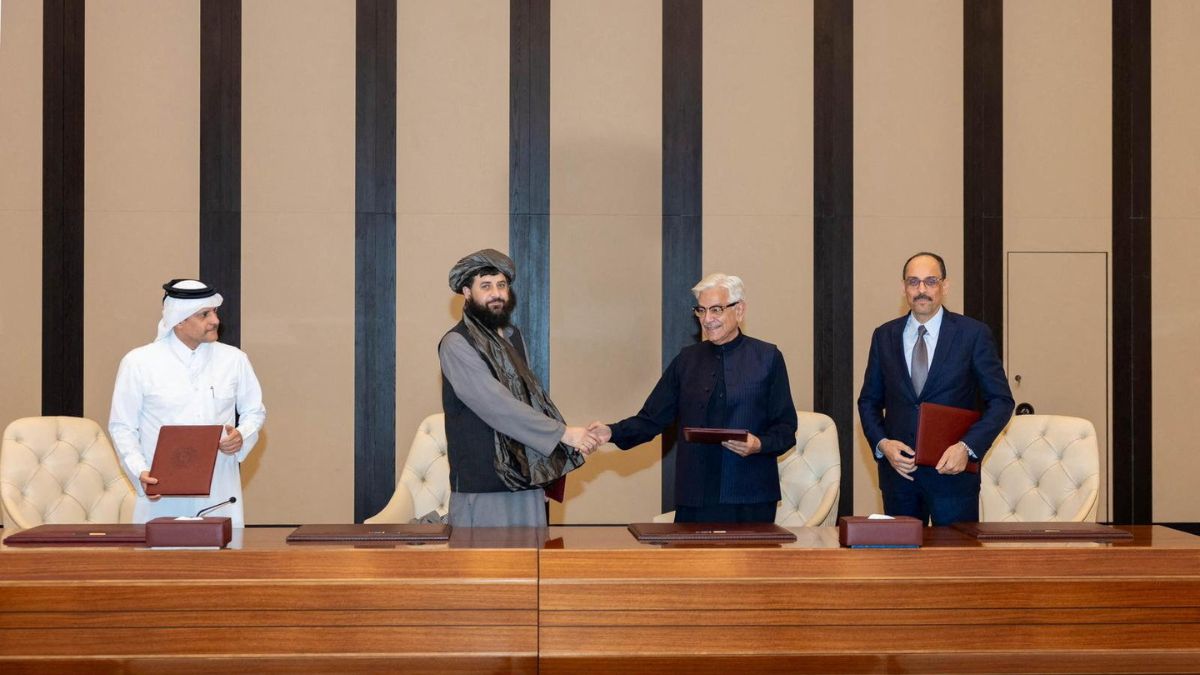)
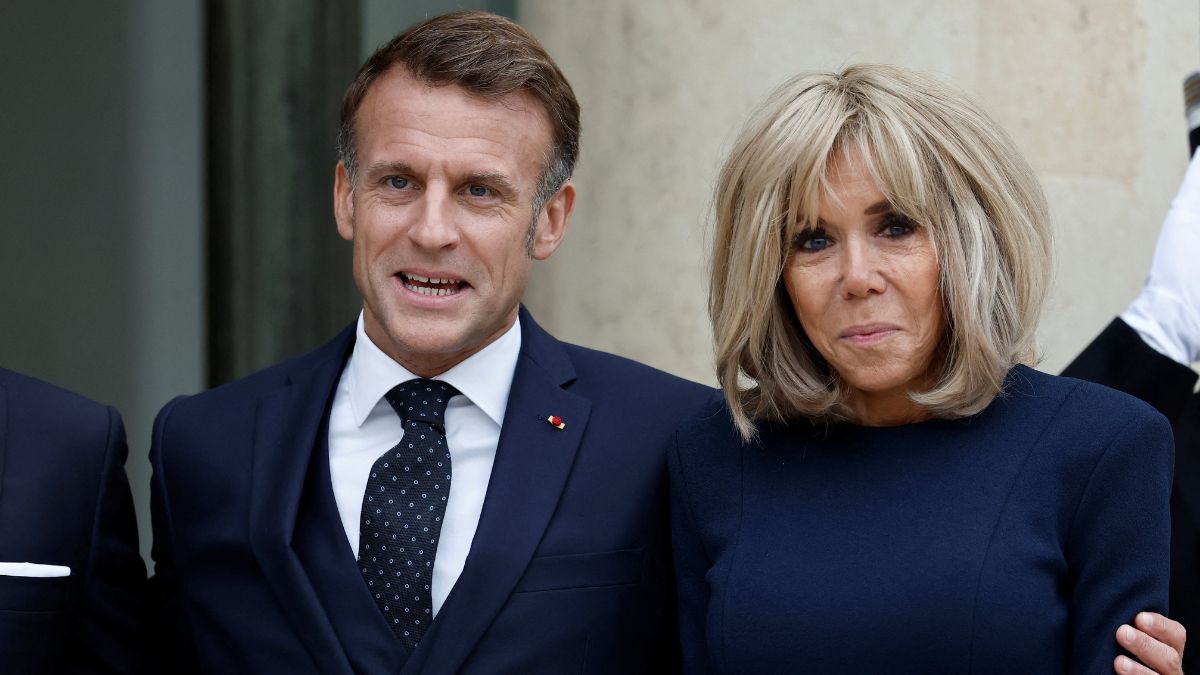)
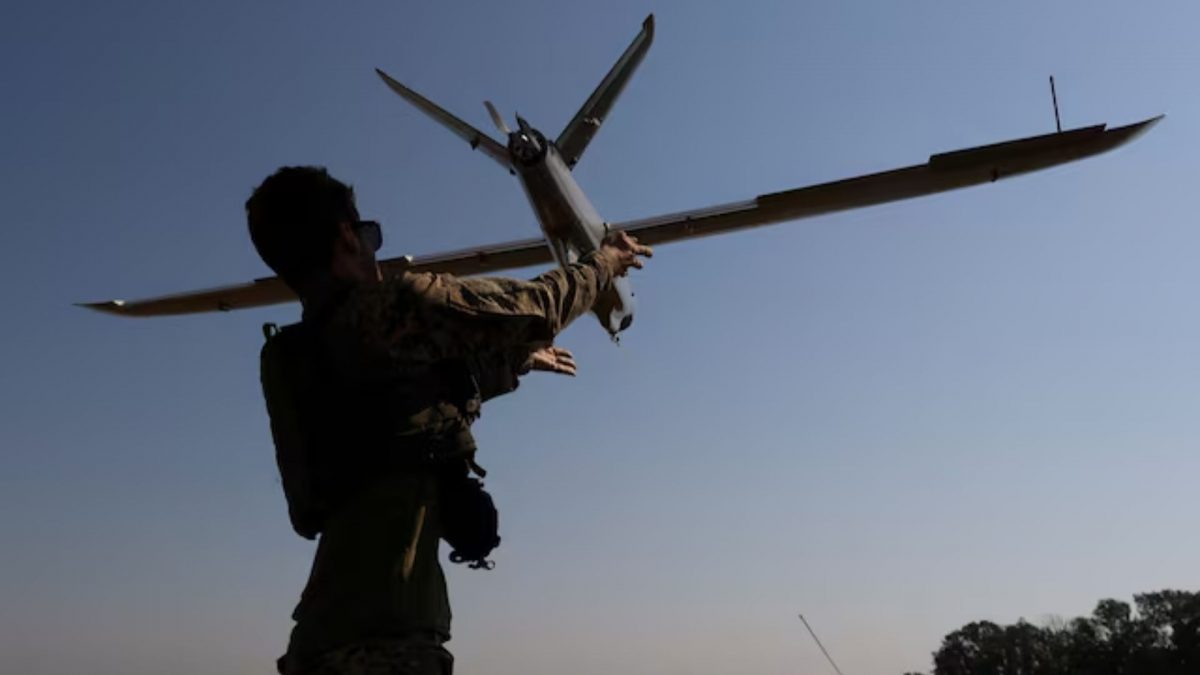)



